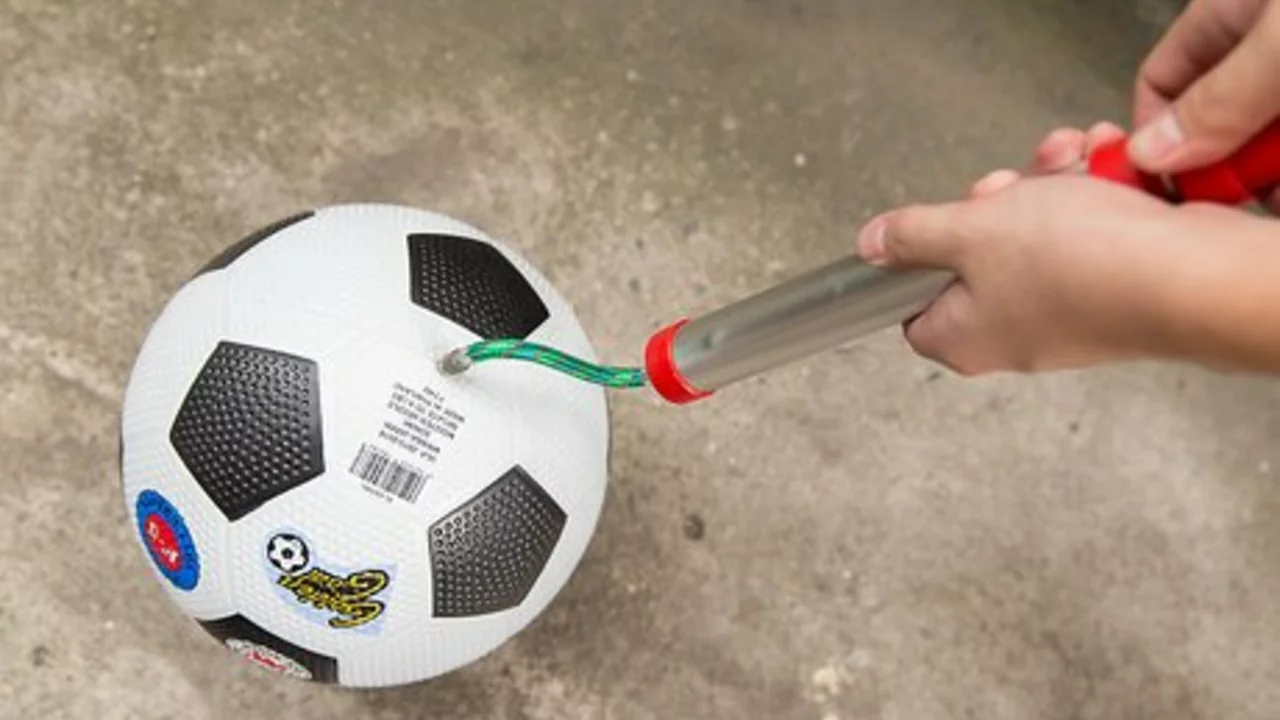Proper Inflation: The Simple Way to Boost Your Soccer Ball's Performance
Ever wonder why a perfectly kicked ball sometimes feels mushy or bounces off like a rock? The secret usually lies in how well the ball is inflated. Too much air makes it hard to control, too little turns it into a floppy pillow. Getting the pressure right means better touch, longer kicks, and less wear on the ball.
Most adult balls follow the official range of 8.5–15.6 psi (0.6–1.1 bar). Youth and small‑sided balls sit a bit lower, around 5–8 psi. Check the label on your ball or the manufacturer’s website for the exact number. Remember, the pressure you see on a gauge is a snapshot – temperature changes can shift it up or down in minutes.
How to Check and Adjust Pressure
The easiest tool is a hand‑pump with a built‑in gauge. Press the needle into the ball’s valve, read the number, and add or release air as needed. If you don’t have a gauge, the "finger test" works: press your thumb into the ball. It should give a firm, but not rock‑hard, resistance. For a more accurate read, invest in a cheap digital gauge – they’re cheap and accurate.
When inflating, do it slowly. Over‑inflating by even a half‑psi can change how the ball reacts on grass versus artificial turf. After you hit the target, give the ball a quick bounce test. It should rise about half its height when dropped from waist level.
Tips to Keep Your Ball Properly Inflated
1. Check before every game. A quick gauge check takes less than a minute and saves you from surprise mishaps on the field. 2. Store in a cool place. Heat expands the air, raising pressure and stressing the bladder. A garage in summer can double the psi. 3. Don’t leave the pump attached. Some pumps keep a tiny pressure on the ball, which can over‑inflate it over time. 4. Replace old balls. The bladder loses elasticity after years of use, making it hard to keep stable pressure. 5. Use a valve cap. It prevents dust and moisture from entering, which can cause slow leaks.
One common mistake is inflating a ball straight from a cold locker room. The air inside is colder, so the gauge reads lower. By the time you step onto a warm pitch, the pressure may rise beyond the safe range. The fix? Inflate the ball after a short warm‑up or let it sit for a few minutes in the sun, then re‑check.
Lastly, if you’re playing on different surfaces, tweak the pressure slightly. A firmer ball works better on hard turf, while a softer feel helps on heavy grass. Small adjustments can make a big difference in control and comfort.
Keeping your ball at proper inflation isn’t a mystery – it’s just a habit. Grab a gauge, check before you play, store smartly, and you’ll notice clearer passes, sharper shots, and a ball that lasts longer. Happy kicking!
What is the proper air pressure for a soccer ball?
In my recent exploration, I found out that the proper air pressure for a soccer ball is quite important. According to official soccer rules, the ball should be inflated to a pressure between 8.5 to 15.6 psi (pounds per square inch). The variation in pressure can change the ball's performance, making it either too bouncy or too sluggish. Therefore, maintaining the right pressure is crucial for a fair and enjoyable game. It's always best to have a pressure gauge handy to ensure the ball is properly inflated for the game ahead.
Kieran Donovan | Jul, 12 2023 Read More
